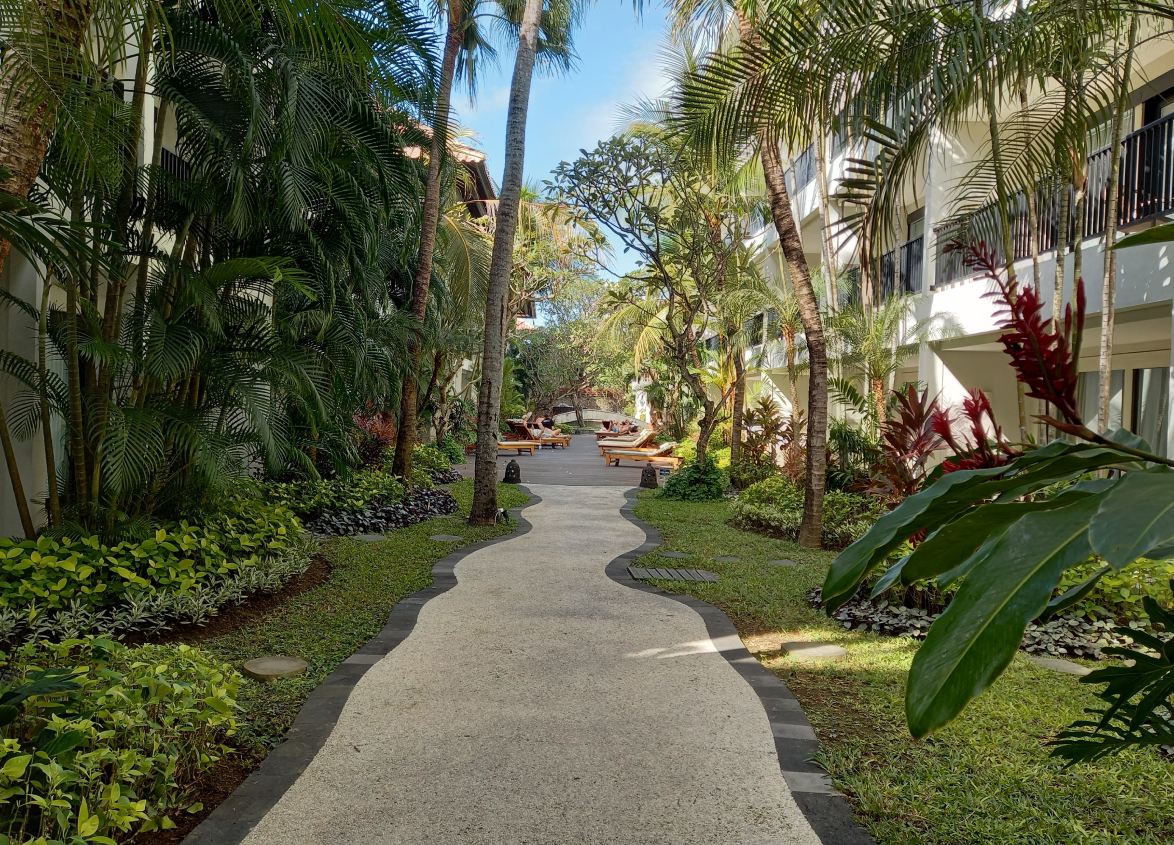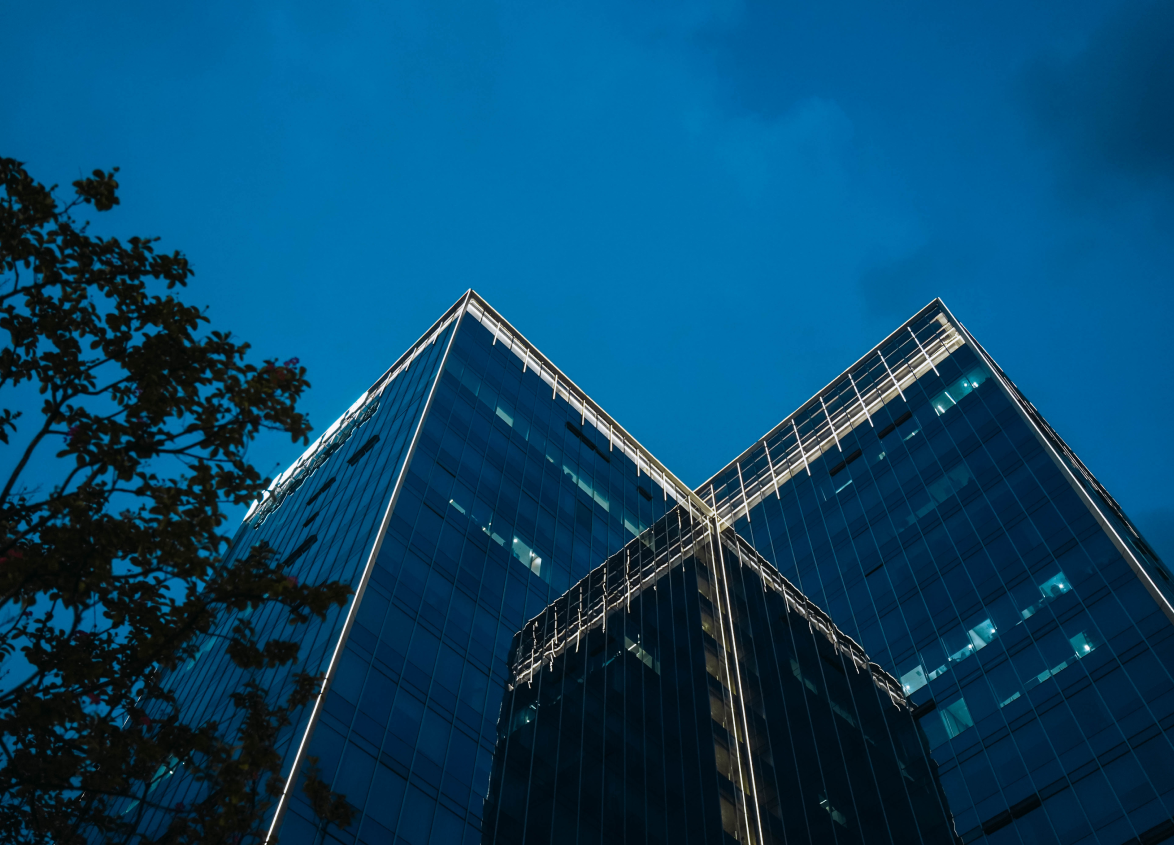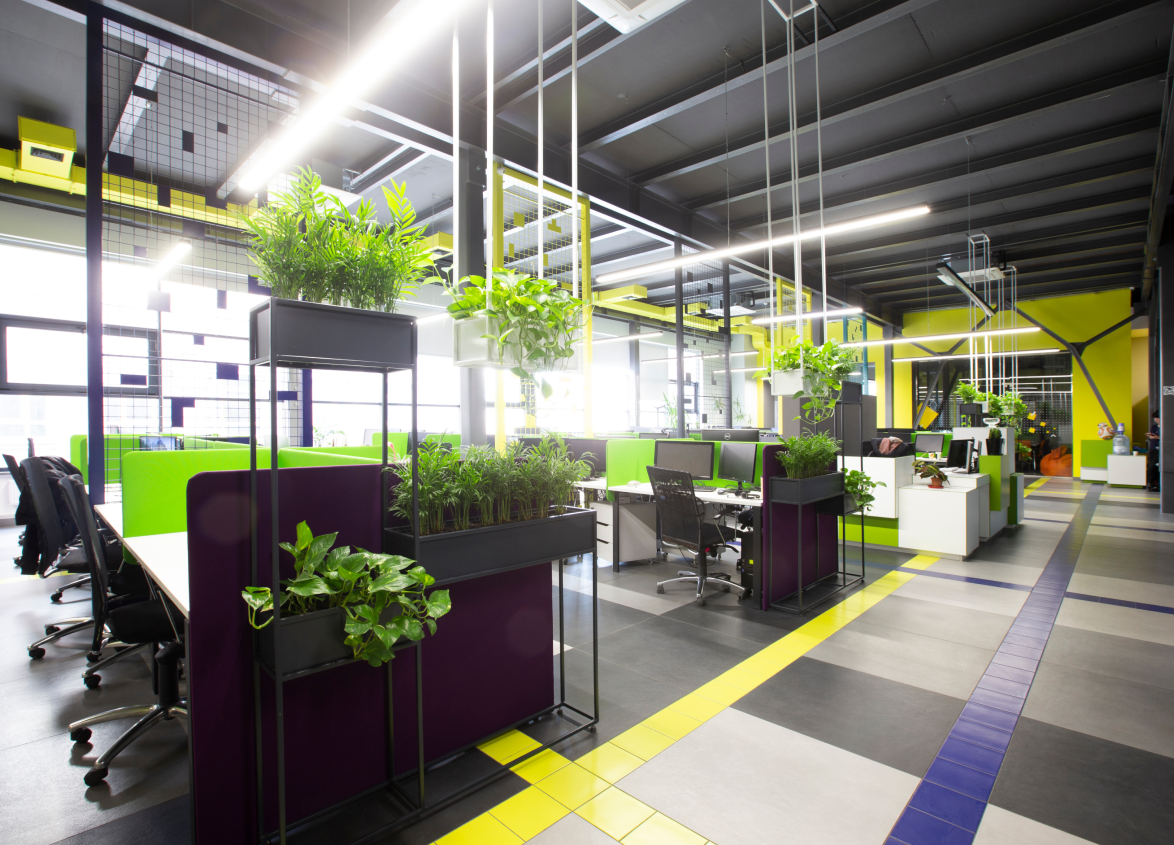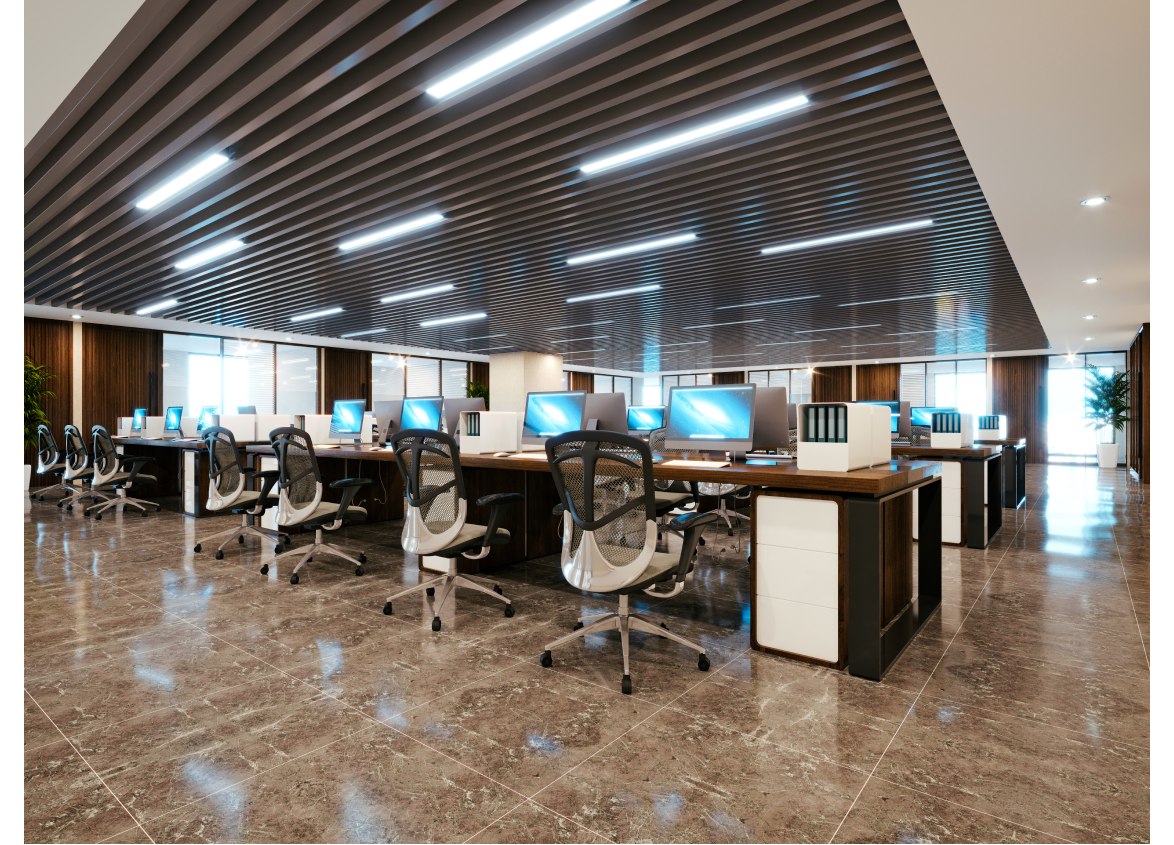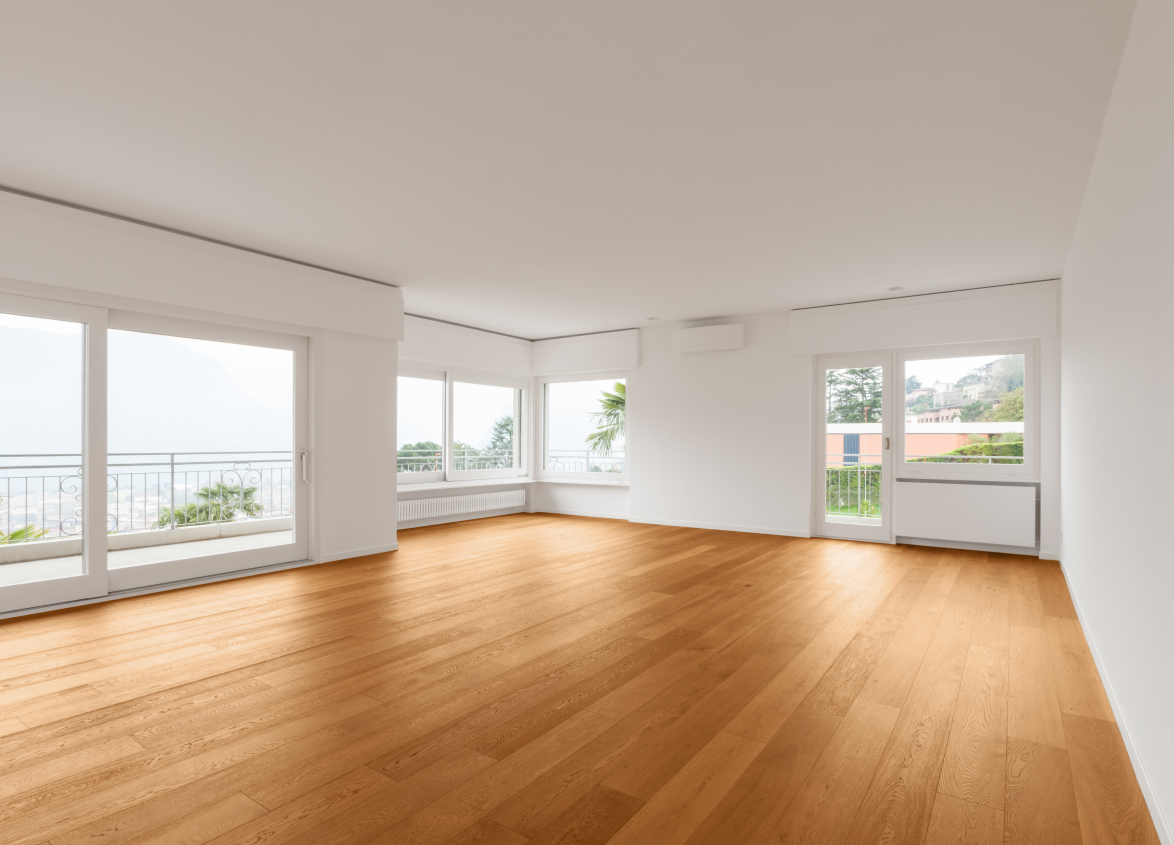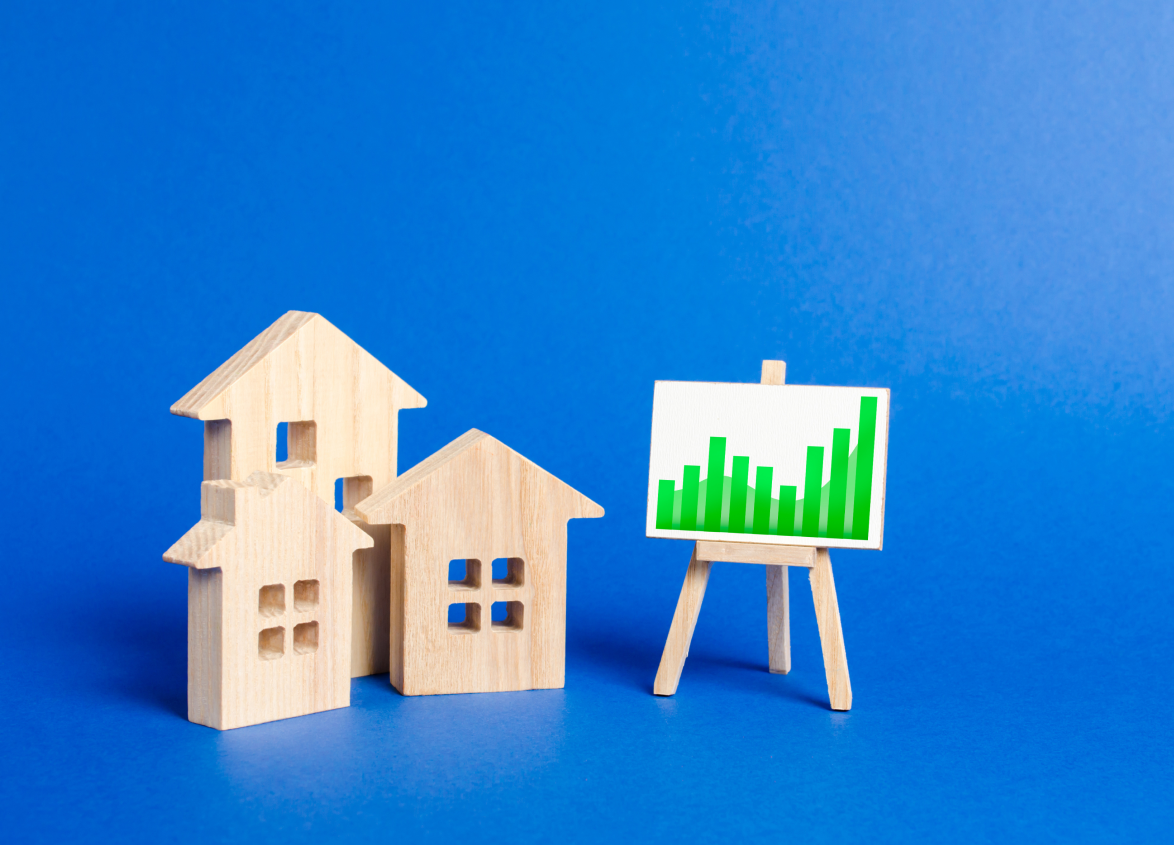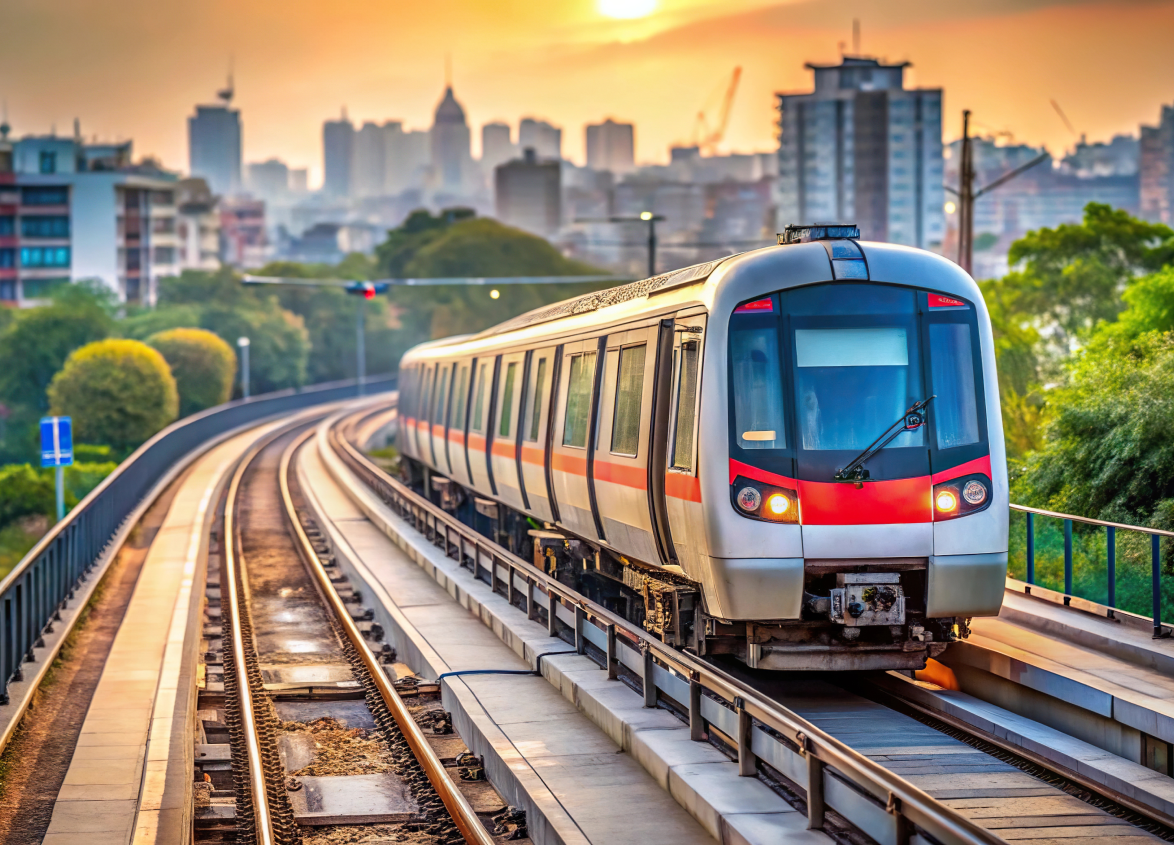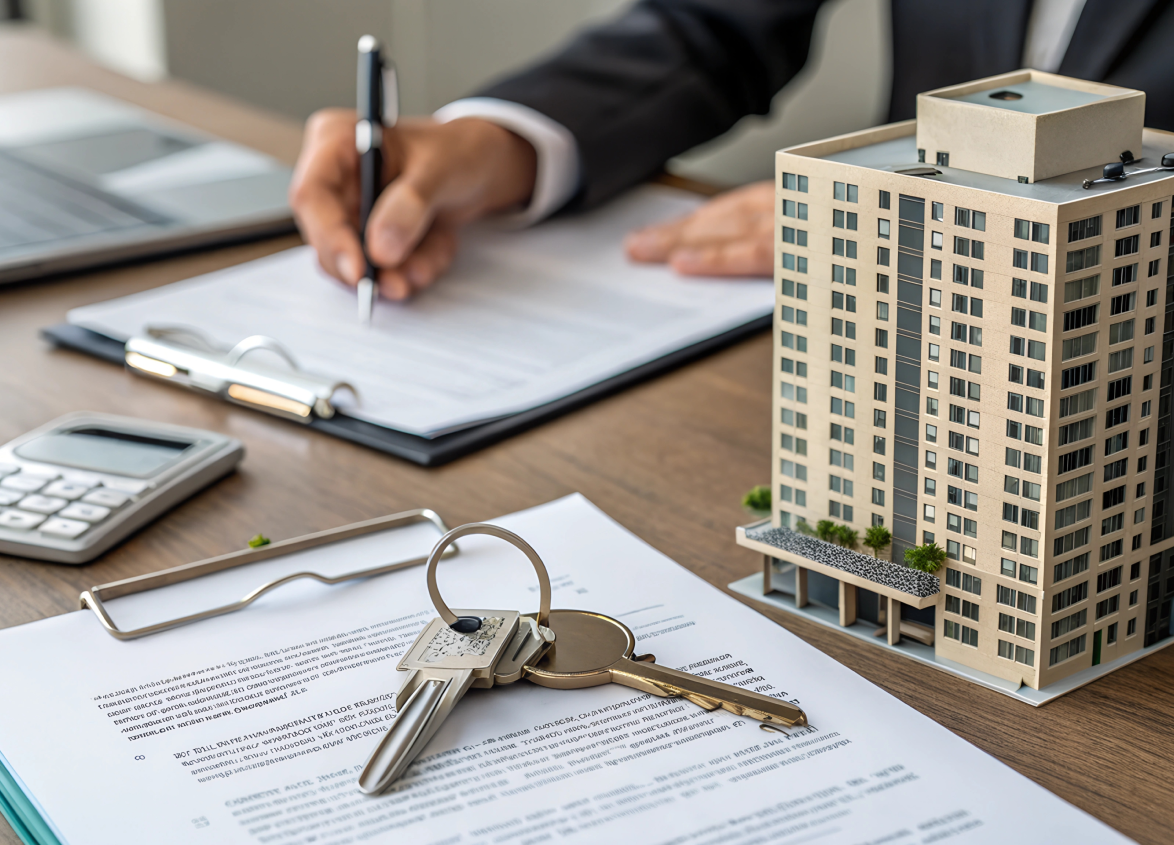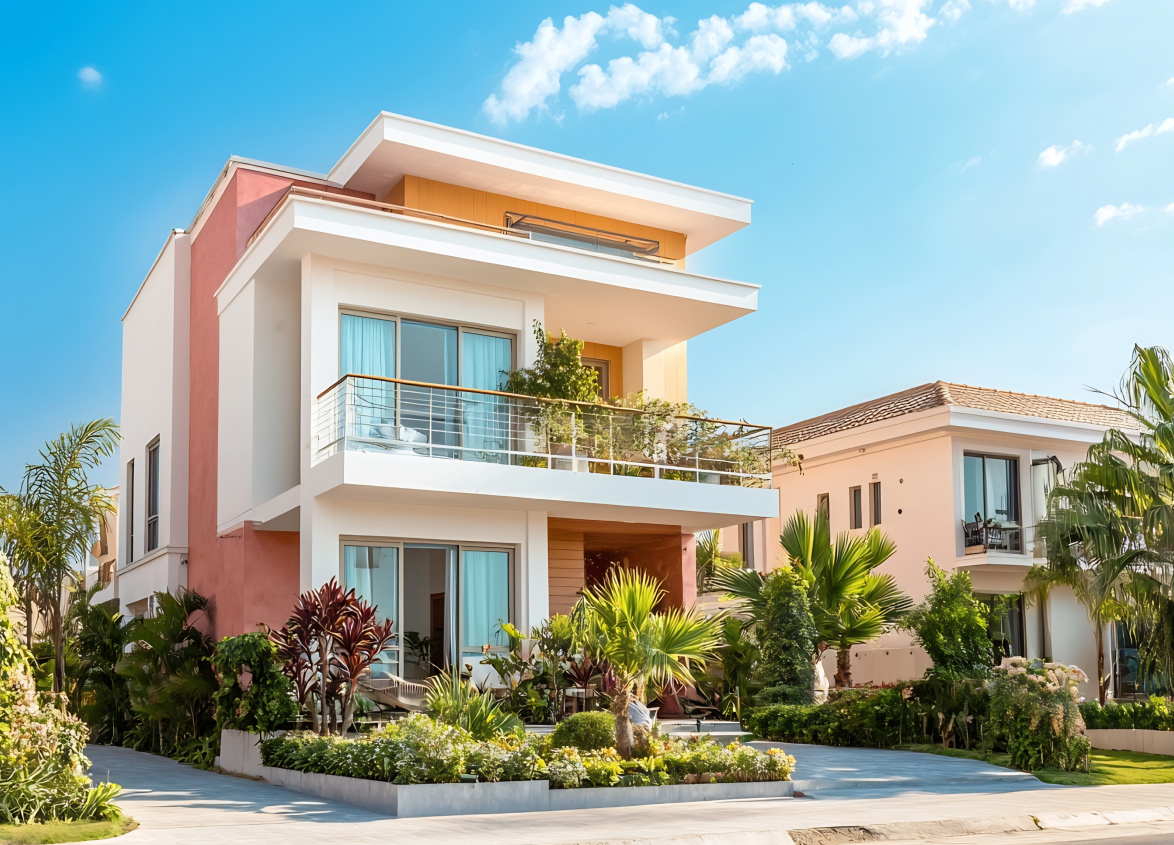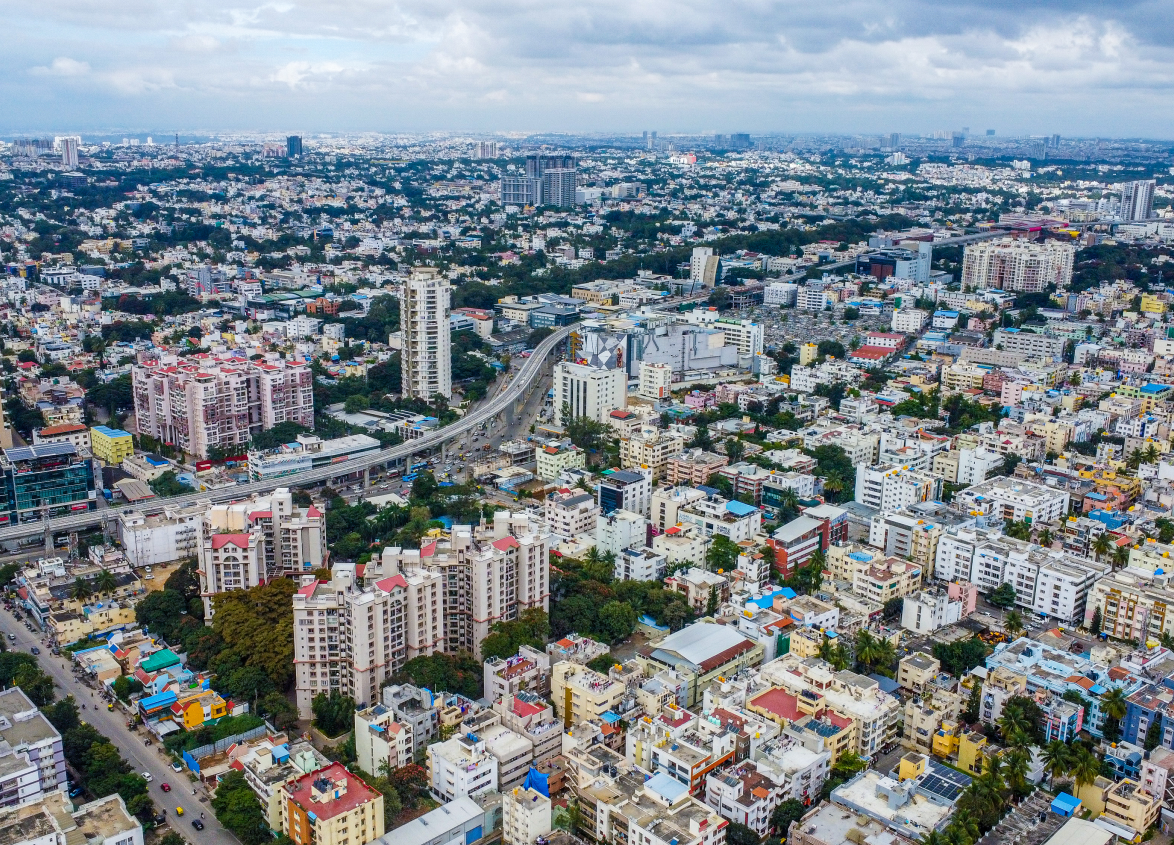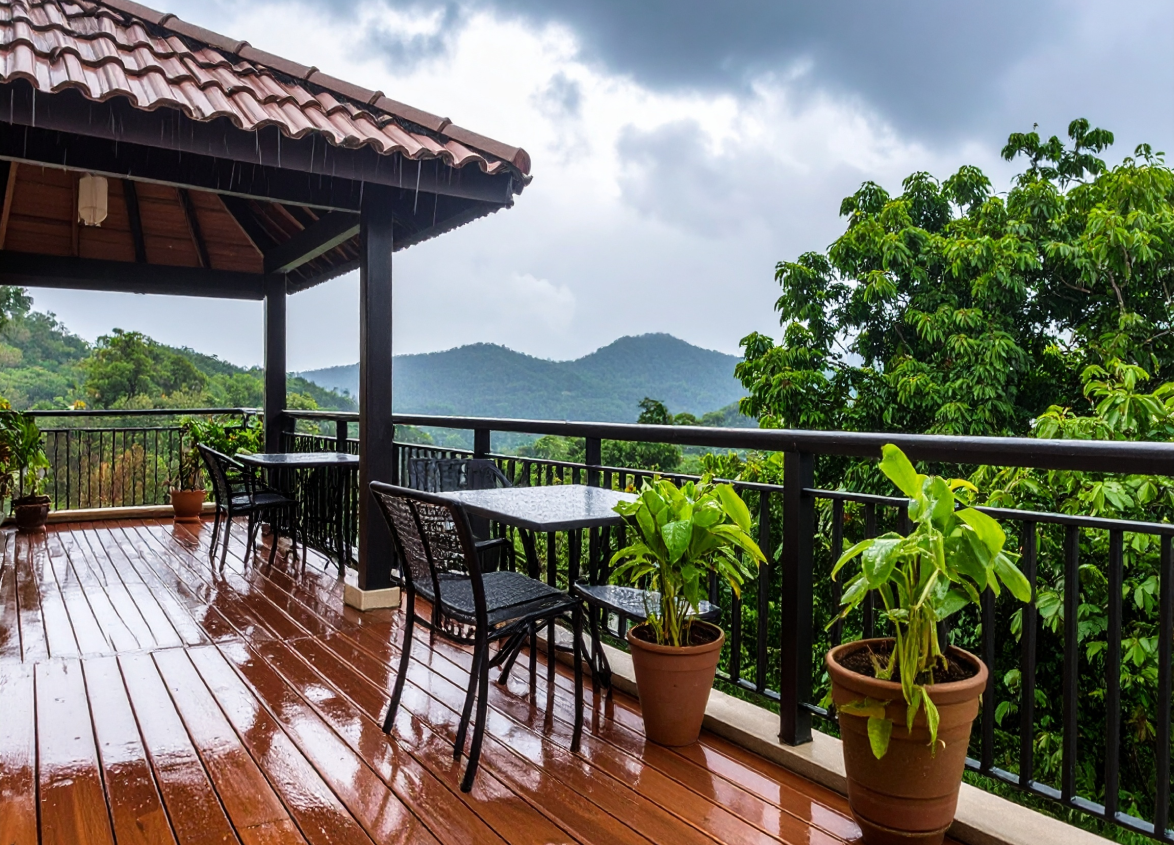
Retail
What is Retail Space? Understanding Its Types and Examples
September 05, 2024
Retail spaces have established themselves as physical stores where businesses can interact with their customers face-to-face. With the changes in customer preferences and consistent technological advancement, the retail space is continuously reshaping itself. Hence, it has become crucial to understand the details of retail space businesses looking forward to delivering meaningful customer experiences. The article here offers details about retail space, its types, the aspects that impact its selection, and the emerging trends shaping its development.
Definition of Retail Space
Retail space refers to commercial property specifically designed for the sale of goods and services to the public. Retail space encompasses a wide range of environments, from traditional brick-and-mortar stores to innovative kiosks and pop-up shops. The primary purpose of retail stores is to serve as a platform for facilitating transactions between businesses and consumers. They provide a space for showcasing products, engaging with customers, and driving sales.
Apart from transactions, retail spaces also work as a brand-building and customer interaction platform, providing a chance to create distinctive memories that lead to enhanced brand loyalty and repeat shopping. Thus, retail spaces are dynamic environments where brands can connect with consumers, build relationships, and drive sales.
Types of Retail Spaces
Retail spaces are available in different forms, where every floor space is designed to meet the needs of specific businesses. Recognizing these types allows businesses to make informed decisions about how and where to set up their presence.
Types of Retail Spaces
Department Stores
These huge retail properties offer customers a wide range of products, from cosmetics and electronics to home products and clothing. Department stores are usually organized into various departments, each devoted to a particular product category. Examples are Nordstrom and Macy.
Specialty Stores
Dedicated to a particular product category or a niche segment, specialty stores offer a selective range of products and focus on customized customer service. Some examples are The North Face for outdoor accessories and Sephora for beauty items.
Grocery Stores and Supermarkets
These stores usually sell food, beverages, and household products. They are usually self-service and offer a wide variety of products. Some retail space examples are Whole Foods and Kroger.
Convenience Stores
Relatively smaller in size and situated in high-traffic or residential regions, convenience stores offer a restricted range of daily products such as beverages, snacks, and toiletries. Some examples are DMart and More.
Shopping Malls
These are big shopping complexes housing several retail stores, offering a comprehensive shopping experience. Shopping malls also house specialty stores, departmental shops, food sections, and entertainment chambers. Some examples in Bengaluru are Phoenix City, Inorbit Mall, and Forum Mall.
Pop-up Shops and Kiosks
They are temporary retail landscapes that allow businesses to test their newly launched products and new markets or create new buzz. Pop-up shops and kiosks are majorly used for special events and product promotions.
Outlet Stores
Usually situated in outlet malls, these shops sell branded items at heavily discounted rates. They usually include stock clearance sales or excess inventory products from older seasons. Some examples are Nike, Adidas, and so on.
Factors influencing the choice of retails space
Choosing a good retail space is an essential decision that can affect the success of a business. Various factors which need to be considered while choosing a retail store location are:
Factors to Consider When Choosing Retail Space
Foot Traffic
Choosing areas with high foot traffic, like busy streets in the market or shopping malls, can attract prospective customers. However, businesses should carefully balance rental costs, demand, and competition.
Target Audience
It is important to recognize the demographics, needs, and preferences of the targeted audience. The retail space should be situated in a region where the target audience frequently visits.
Accessibility
Easy access for customers and top-notch facilities such as parking and public transportation options can boost their overall shopping experience.
Visibility
Proper retail space planning can help locate a store in a prominent location to boost brand awareness and attract shoppers. Use visual merchandising, high-quality signage, and window displays to enhance the visibility of your store and products.
Cost
Whether you rent or purchase retail space, it is essential to align it with the business’s budget. Ensure you measure the possible return on investment against the expenditure.
Size and Layout
The retail space size and layout should sync with the business's needs. A sufficient store layout is needed for proper product display, customer movement, and storage.
Competitor Presence
The availability of competitors can affect your foot traffic and sales. Complementary stores nearby can benefit your business. However, it is important to avoid oversaturated markets.
Trends in Retail Space Development
The retail industry is constantly evolving, driven by changes in consumer behavior, technology, and market dynamics. Several trends are shaping the development of retail spaces:
Omnichannel Integration
Retailers are increasingly integrating physical and digital channels to provide a seamless shopping experience. Physical stores are evolving into experiential hubs that complement online platforms.
Experiential Retail
Consumers are seeking more than just products; they want memorable experiences. Retail spaces are incorporating interactive elements, such as virtual reality, workshops, and events, to engage customers on a deeper level.
Sustainability and Green Design
Environmental consciousness is influencing retail space design. Businesses are adopting sustainable practices, such as energy-efficient lighting, eco-friendly materials, and green building certifications.
Flexible Spaces
Retail spaces are becoming more adaptable to accommodate changing business needs. Modular layouts and movable fixtures allow retailers to reconfigure their stores quickly for different purposes.
Community-Centric Retail
Retailers are focusing on building strong connections with local communities. This involves hosting events, collaborating with local artisans, and supporting community initiatives.
Technology Integration
Technology is enhancing the retail experience through innovations like contactless payments, smart mirrors, and personalized recommendations. Retailers are leveraging data analytics to better understand customer preferences.
Health and Wellness
The pandemic has heightened awareness of health and safety. Retail spaces are incorporating touchless technologies, enhanced ventilation systems, and spacious layouts to prioritize customer well-being.
Conclusion
Retail space is more than just a physical location for transactions; it is a dynamic environment where brands can connect with customers, create memorable experiences, and drive business success. By understanding the various types of retail spaces, considering key factors in their selection, and staying attuned to emerging trends, businesses can strategically position themselves in the competitive retail landscape. As consumer expectations continue to evolve, retailers must remain adaptable and innovative, leveraging retail space as a powerful tool for building brand loyalty and driving growth. To thrive in today's retail ecosystem, businesses must view their physical spaces as essential touchpoints in the overall customer journey, where digital and physical experiences seamlessly converge.
FAQ
What are the Main Types of Retail Spaces?
The main types of retail spaces include department stores, specialty stores, supermarkets, convenience stores, shopping malls, outlet stores, and pop-up shops. Each type serves different consumer needs and business models.
What Factors Should Be Considered When Choosing a Retail Space?
Key factors include target audience, foot traffic, accessibility, visibility, size and layout, cost, and competitor presence. These elements influence a business's ability to attract customers and achieve financial success.
What Are Current Trends in Retail Space Development?
Current trends include omnichannel integration, experiential retail, sustainability, flexible spaces, community-centric retail, technology integration, and a focus on health and wellness. These trends aim to enhance customer experiences and adapt to changing market dynamics.
MUST READ
Looking for something specific?
We'd be delighted to help you.



